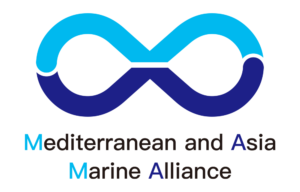The Top 3 Challenges in Taiwan’s Offshore Wind Power Projects
Affected by the epidemic, offshore wind power projects have been seriously delayed in the past 2 years, which has triggered concerns from the interbank and affected the progress of renewable energy policies and the stability of the power supply in the future. The development of renewable energy has become unstoppable, and the international community is promoting “RE100” by 2050, which means 100% use of green power. How can Taiwan be ahead of this wave of renewable energy? Here, we first take stock of the top 3 challenges:
-
Regulation Challenges: Unclear Regulations Increase Uncertainty
Offshore wind power involves a wide range of areas, and the Taiwan government is learning as it goes. Although various government departments have been adding regulations, they lack continuity and uniformity. Most of the regulations amended by the Taiwanese government have increased the burden and uncertainty of developers and builders. -
Suppliers Challenges: Localized Technology Implementation is still Unknown
Localization is an important goal for Taiwan’s government, but it also leads to increased costs. If a local company invests heavily in building a factory and production from scratch, and there are no stable orders, the high cost will be passed on to the existing orders, resulting in higher costs for the purchasing industry. Meanwhile, Taiwan’s suppliers have been overstretched in meeting the scale and quality requirements of offshore wind power development, thus affecting development plans. -
Labour Challenges: The Public is still On the Fence about Offshore Wind Farm Industry
The government also has expectations of promoting the local economy and providing employment opportunities for offshore wind power. Still, Lu Hsin-Yi, an associate professor in the Department of Anthropology at NTU, asked the residents if they would include wind power-related industries in their future career plans but did not receive a positive answer. In addition to language and licensing barriers, local people are also still on the fence about the industry.

